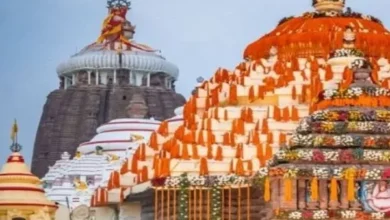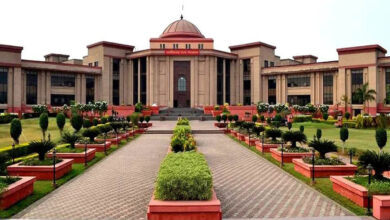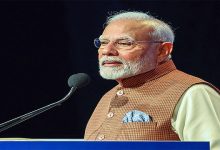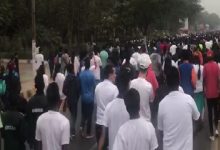Bongo, Bangla, Paschim Banga—West Bengal’s demand for name change was never taken seriously

In August 1947, of the 11 provinces of British India, seven—Assam, Bombay, Bihar Central Provinces & Berar, Orissa, Madras, and United Provinces—remained in India. Sindh and North-West Frontier Province went to Pakistan. Panjab, as it was called then, was divided into East and West Panjab. While the name of East Panjab was changed to Punjab to make a clear distinction between this state and the neighbouring union of princely states, which was called PEPSU—Patiala and East Punjab States Union, there was no imminent necessity in renaming West Bengal to Bengal. The efforts to change it have not been successful so far.
Moreover, for the record, Bengal retained its name in its first partition in 1905. George Curzon, the viceroy and governor-general of India at the time, created another state of Eastern Bengal and Assam with its winter capital in Dacca (today’s Dhaka) and summer capital in Shillong. After a major nationalist upsurge, the partition was annulled by the proclamation of King George in the Delhi Durbar of 1911.
Renaming West Bengal
Let’s place this issue in perspective. In the immediate aftermath of Partition, the nomenclature of the state did not merit immediate consideration. Other issues like rehabilitation of refugees, food shortages, damming of rivers to prevent recurrent floods and establishment of new townships and heavy industry were the topmost priority. In fact, for a brief interval in 1954, the then chief ministers of West Bengal and Bihar, BC Roy and Sri Krishna Sinha also toyed with the idea of merging the two states to create one state with abundant natural resources and access to the Kolkata port. The next two decades were directed to the annihilation of the Naxalite uprising. Post-Emergency, when the CPM-led 14-member Left Front coalition took over power, the priority was Operation Barga—or land to the tiller.
It was only in 1999 that the Jyoti Basu-led Left Front government first proposed a change of name. But opinions were divided on whether it should be named ‘Paschim Bangla’, or ‘Bangla’. The state government’s demand was never followed up with any seriousness. When the Trinamool Congress (TMC) came to power in 2011, CM Mamata Banerjee insisted that the name be changed to “Paschim Banga” or “Paschim Bango”.
One argument proffered by Banerjee was that due to its alphabetical name starting with W, the state was often the third last to be called for discussions or presentations in meetings convened by the Centre. From health, education, and industrial development, this applied to various topics—affecting the state’s ability to put forth its view.
However, the speciousness of this argument was apparent because the two states just above West Bengal—Uttarakhand and UP never really raised this issue.
Speaking to Outlook, Congress leader Professor Om Prakash Mishra said, “This is an exercise in relative futility. The argument that because the name comes at the bottom of the list so the funds get distributed defies logic because there are allocations for particular states. However since the house has passed the proposal, having debated the issue, it cannot be negated.”
In the first decade of its formation in 2000, Uttarakhand recorded the fastest economic growth in the country on account of the successful implementation of the Concessional Industrial package (CIP). Given its sheer size, UP has always received the highest allocation in most government programmes. In any case, Banerjee’s suggested name Paschim Bango would not have been high up in the alphabetical order. It would certainly have been ahead of Punjab. However, what if Punjab were to change its name to Panjab or revert to the ancient descriptor that freedom fighter Lala Lajpat Rai preferred—Panchnaad.
In any case, the 2011 resolution did not find favour with the Centre. Five years later, another resolution was passed proposing that the new name be “Bongo” or “Bangla”. The assembly resolved that the state would be called “Bengal” in English, “Bangla” in Bengali and “Bangal” in Hindi. To counter this, the Bharatiya Janata Party (BJP) organised a “Bangla Bachao Signature Campaign” asking for only one name – that of Bangla, and cutting out its English and Hindi variants. The Centre apparently concurred with this view, and asked the the state to suggest a single name. In July 2018, the assembly unanimously passed a resolution to change the name to “Bangla”, and lobbed the ball back in the Centre’s court.
















